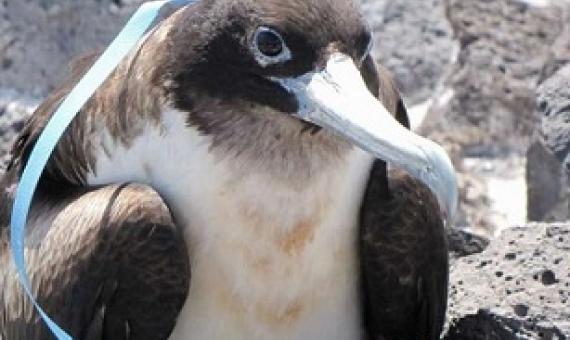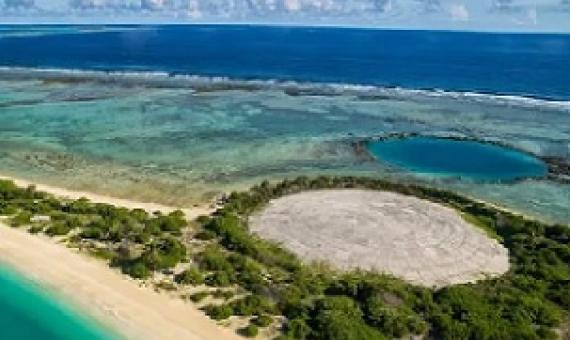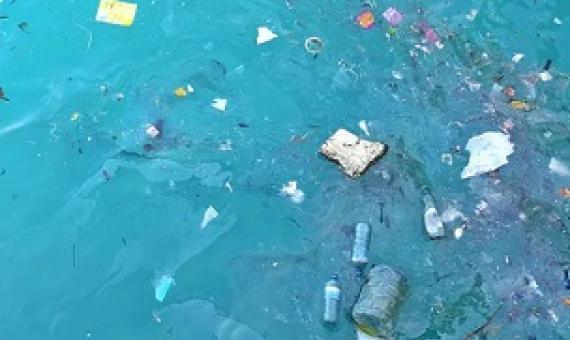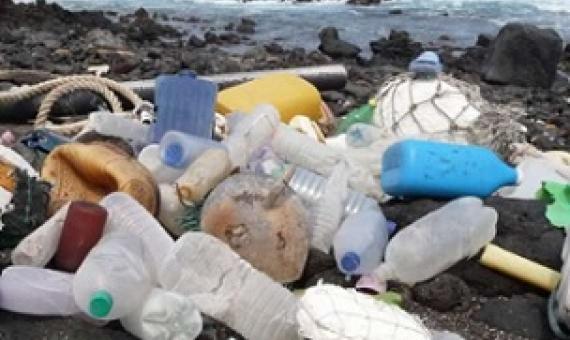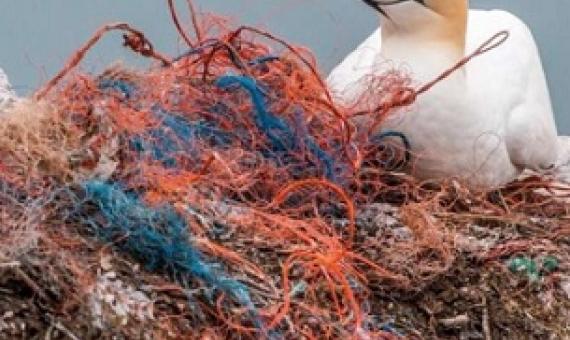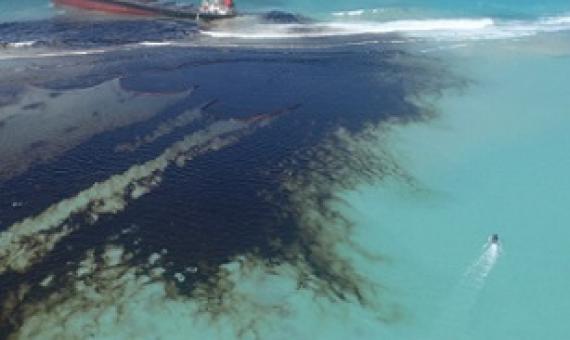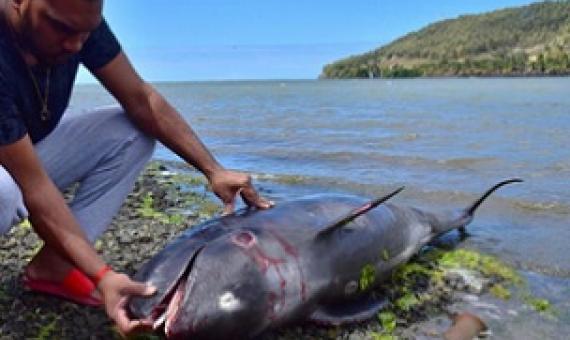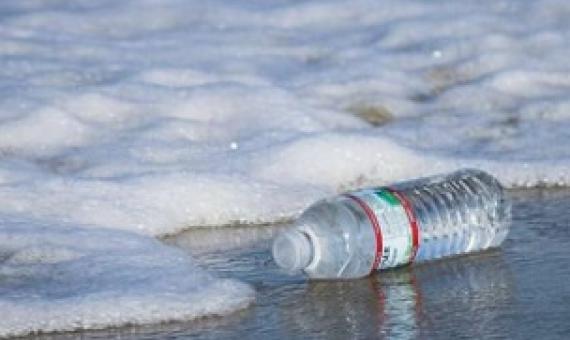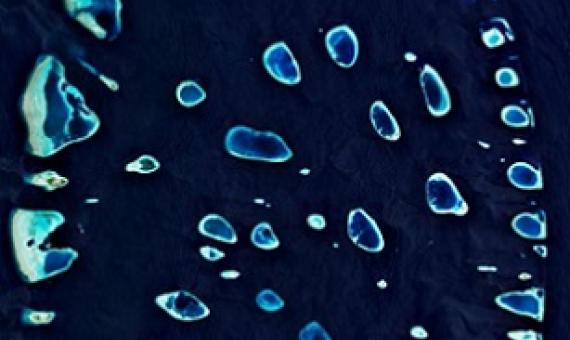Plastic gathered from remote corners of the South Pacific Ocean, including nesting areas of New Zealand albatrosses, has confirmed the global threat of plastic pollution to seabirds.
A new book, Poisoning the Pacific, to be released Monday, chronicles the US military’s decades-long contamination of indigenous lands across the Pacific as well as the ocean itself, endangering lives and ecosystems across the vast Pacific Ocean.
Nowhere, it seems, is immune from plastic pollution: plastic has been reported in the high Arctic oceans, in the sea ice around Antarctica and even in the world’s deepest waters of the Mariana Trench.
Ecologists studying the prevalence of plastic pollution in aquatic ecosystems around the world are concerned after measuring the scale of human response needed to reduce future emissions and manage what's already floating around out there.
Removing all of the plastic litter from the UNESCO World Heritage Site of Aldabra Atoll—a ring of islands formed from coral reef in the Seychelles—would cost US $4.68 million and require 18,000 hours of labour, according to a study in Scientific Reports... The findings indicate
People gathered in the thousands in Mauritius’s capital, Port Louis, to protest the government’s response to a recent oil spill. The Japanese-owned freighter M.V.
When the cargo ship MV Wakashio ran aground on a coral reef on the southeast tip of Mauritius, in the Indian Ocean almost exactly a month ago, it unleashed a vast oil spill.
At least 38 dead dolphins have washed ashore on the island of Mauritius in the aftermath of a massive oil spill from a Japanese ship.
Key knowledge gaps exist in our understanding of how ocean microplastics transport bacteria and viruses—and whether this affects the health of humans and animals, researchers say.
In the Maldives, a developing nation that lacks much local manufacturing, a single tourist produces almost twice as much trash per day as a resident of the capital city of Malé, and five times as much as residents of the other 200 populated islands, according to government statistics.

